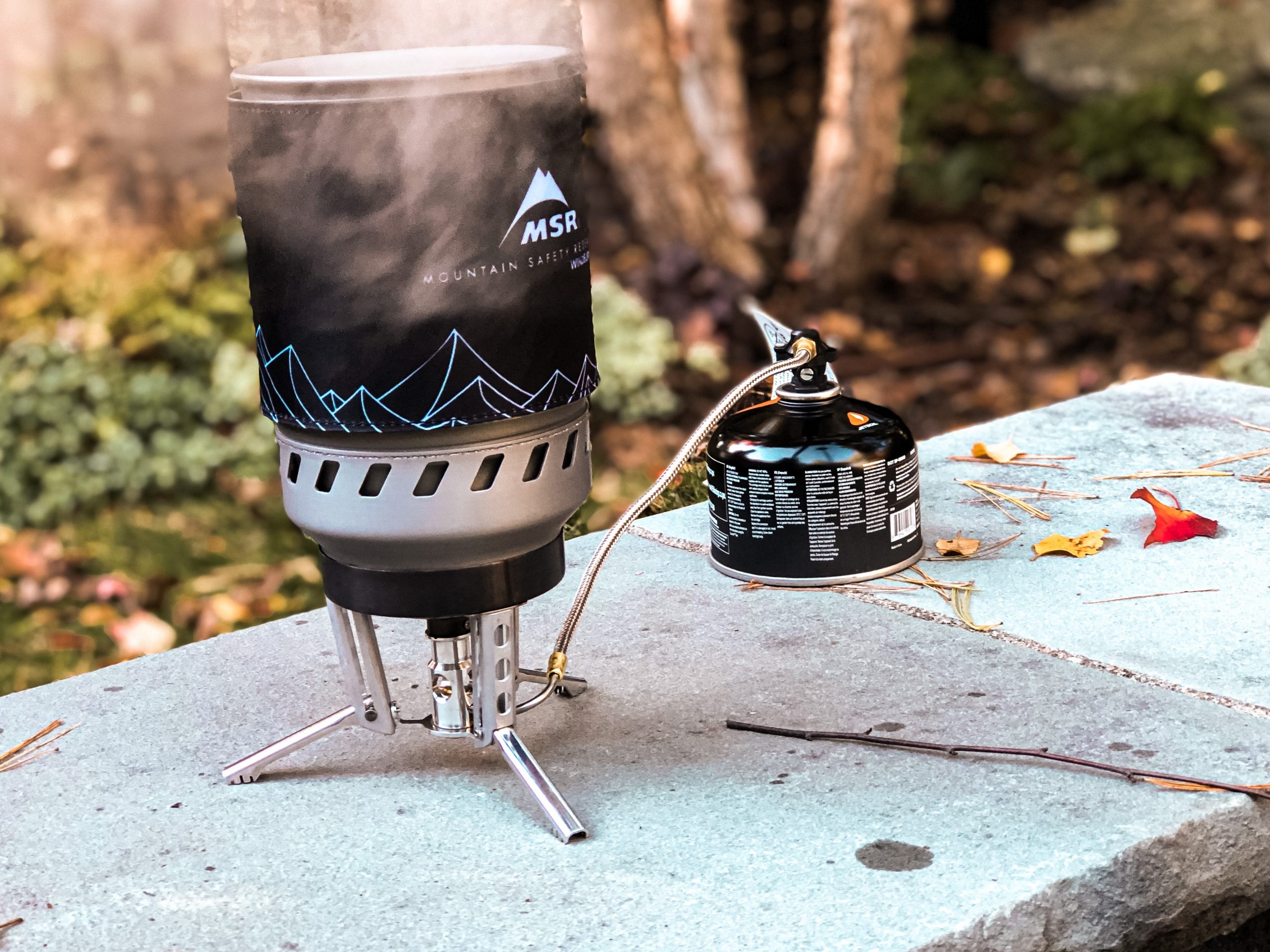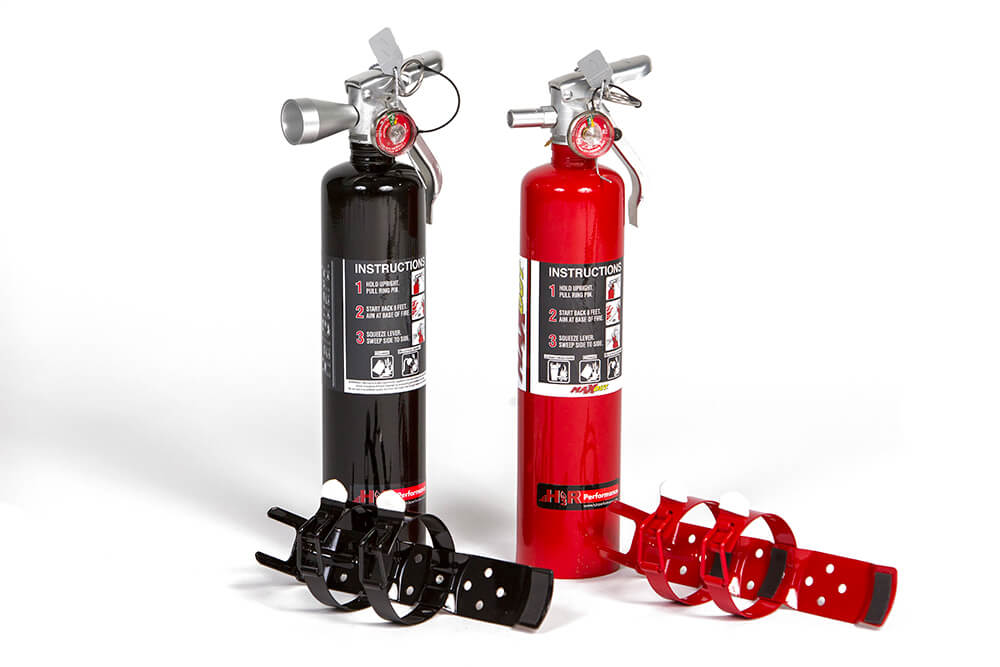The Top 4 Must-Have Overlanding Camp Kitchen Essentials I Always Pack In My 5th Gen 4Runner
As an overlanding enthusiast, sometimes it’s easy to get carried away. Just like the project car that never seems to end, I have seen too many kitchen setups that are way, way too overdone. There are a few hard and fast rules to packing a solid camp kitchen and these rules are largely the same as overlanding in general.
Rules for packing a solid camp kitchen:
- Safety is the top priority
- Keep it simple
- Have fun!
With that in mind, allow me to share my four must-have pieces of kitchen equipment. These items will vary depending on your particular needs, but the overall categories are worth remembering when it comes time to plan for your next trip.
#1. Knife Roll/Utensil Organizer

Before I was a Toyota 4×4 owner, I was a chef. In culinary school, the first course we took was on knife safety. We covered the basics like how to hold a knife, how to master the various cuts, and another kitchen essential: never try to catch a falling knife! Seriously, don’t do it; this is an excellent way to injure yourself.
For a number of years, I was in the culinary industry, working in kitchens, writing menus, doing high-end catering, and I even had a brief stint as a sushi chef. I learned pretty early on that the easiest way to spot a true chef is to look for a well-organized knife roll or box. Knives should be sharp, clean, and well organized. You should never have loose knives in a backpack, suitcase, or drawer. With overlanding, knife safety is even more critical. If you are ever in an accident (on-road or off) or have a fellow camper looking through your bag for something, you’ll be happy that your knives are stored properly and that they will not accidentally injure you or anyone else.
To keep your knives organized and safe I recommend a roll or box. Above is what mine looks like.
Pre-Made Camp Utensil Rolls or Build your own?
I prefer a knife roll with many pockets and if possible a zipper or velcro to keep the roll closed if it tumbles over. For me personally, I invested in a knife roll and then picked my own individual knives, spoons, and utensils to fill it up instead of buying a one-off camp kitchen pre-built knife roll. If you are a chef or even slightly enjoy cooking, you will understand the importance of this.
Using cooking tools you know and trust makes a big difference when preparing a meal out on the trail. Alternatively, cooking with sub-par equipment is never fun.
For example, having a decent OXO pair of tongs in your knife roll is typically always going to be better than a set of aluminum ones that come in a pre-made kit.
I will likely do a follow up on the exact utensils and knives I carry out.
#2. Your Preferred Cooking Method

This may seem a bit obvious, but your needs will vary depending on where you are going, how long you are going for, what you plan to cook, and how many people you are feeding. If you are going out on the trails solo, you may just need a simple MSR or Jet Boil that is capable of boiling water. I have used a setup like this in the past to make coffee and oatmeal in the morning before I head back out. Ultimately these options work well for basic jobs.
These cooking systems are simple and effective. They typically consist of a pre-filled fuel canister, some metal supports to hold a small pot, and then a pot to boil water. These systems were often designed with backpackers in my mind, so they prioritize space efficiency and lighter weights over almost everything else. When you are bringing a full-size rig out on the trail, however, you might be wondering why you wouldn’t want something a little bigger.

In cases where you need a little more power (or you’re feeling like something other than pasta or oatmeal), there is a range of cooktop options that have a higher output and more versatility. Every manufacturer from Coleman to Camp Chef and even Partner Steel offers something in this category. Even NOMAD Grills are offering something a little different these days. Again, I would suggest you do your own research on which setup makes the most sense for your individual needs.
A few factors to keep in mind when selecting a cooking method:
- Where will you be cooking? What will the conditions be like?
- Will you be cooking for yourself or for a larger group?
- What sort of fuel source will you be using? Are you allowed to have a live fire?
- How important is it that I can control the heat from cooking?
#3. Water

You will need a way to store and/or transport water. Some folks swear by bringing all of their own water, while others prefer to purify the local water that they find. Neither approach is wrong, but both require preparation. Nothing is worse than setting up camp only to realize you didn’t bring the right gear. When it comes to water this can also be fatal.
Here are a few water storage ideas that I would like to share with you:
- Always bring more water than you think you’ll need: If your battery dies on a solo trip and you need to spend an extra 24-48 hours waiting for help, you wouldn’t want to run out of water.
- Be sure to check whether a container is food-safe: not all methods of water storage are equal, so it’s important to know which water is potable and which should only be used to rinse off gear.
- Consider substituting ice in your cooler/fridge for frozen bottled water. This will still keep your food chilled and it will also allow for a backup supply of ice-cold water at the end of the day.
Not sure what water storage solution is right for you? Check out Max Sheehan’s Trail Basics: Off-Road Water Storage Containers or some of these other options which include:
#4. Fire Extinguisher

Surprised to see this on the list? You shouldn’t be.
The most important piece of kitchen equipment is last on the list for two reasons:
- So you remember it (I hope you go check your setup right now and ensure your fire extinguisher works and is still within its effective date!).
- The mighty fire extinguisher is last on the list so that when you make your packing list, and subsequently pack up the car, you will put it in last. Last in, first out as we used to say in the kitchen –there is nothing worse than needing a fire extinguisher and not having it handy.
Do I Really Need a Fire Extinguisher?
To those of you thinking, “I don’t need a fire extinguisher,” I urge you to think again.
Just because you have not needed one yet does not mean you will never need one. The last time I needed one, I was broiling pork bellies; the metal tray moved slightly due to the high heat and fat from the pan spilled and immediately ignited on the bottom of the oven.
I tell you this because I want you to remember that accidents happen. If things can go wrong in a professional kitchen with well-trained chefs, then things can most certainly go wrong when you are out in the woods with an open fire.
Pack a fire extinguisher. Here is a recent post on the Element e50, however, there is another fire extinguisher on the market that is being replaced in many fire departments, EMS locations, and police departments throughout the US. The product is called “Fire Freeze” by Cold Fire.
Cold Fire Kits And Tactical Cans Are Safe, Non Toxic & Biodegradable. Specifically Engineered for Law Enforcement. You can order some of their kits here.
Ensure that your fire extinguisher is in good working order and that it has not expired. And lastly, make sure that it is accessible. Better to have it and not need it than the other way around!


Charlie, my question is similar to Marie’s. What cooking gear do you pack and what knife roll is in the picture?
Elementfire.com
Dump your old outdated extinguisher.
Would love to hear your feedback, can never be too safe out there!
What cooking gear do you pack? And what do you have it packed in
I just emailed you, Marie —hopefully I was able to answer your questions. Please keep an eye out for my next article where I will address these points in more detail!
What kind of table is that?
Great question, you can find it for sale here: https://www.amazon.com/dp/B00U9B
Thanks,
Charlie